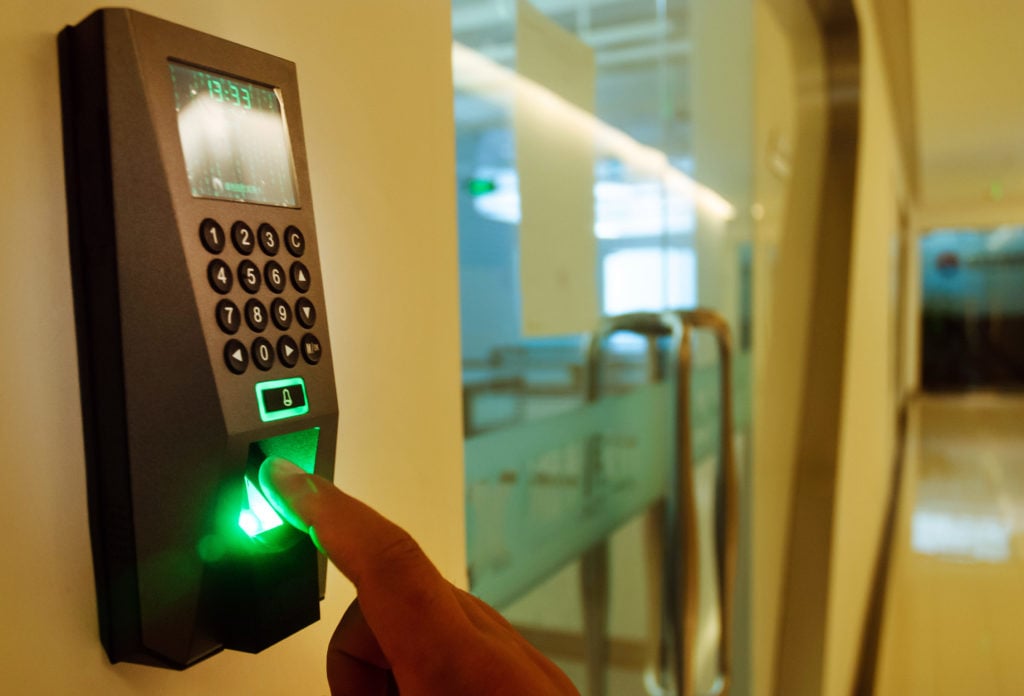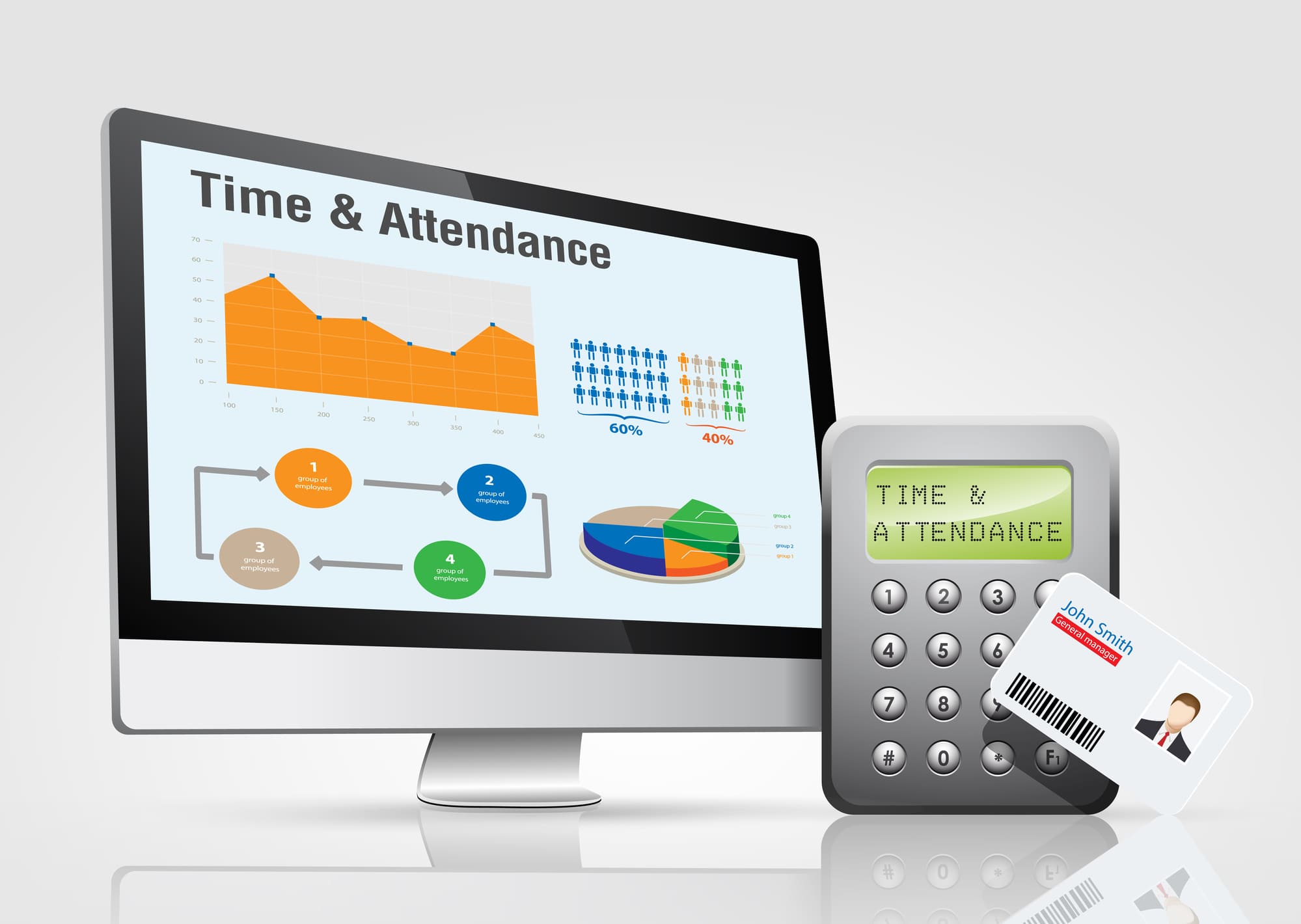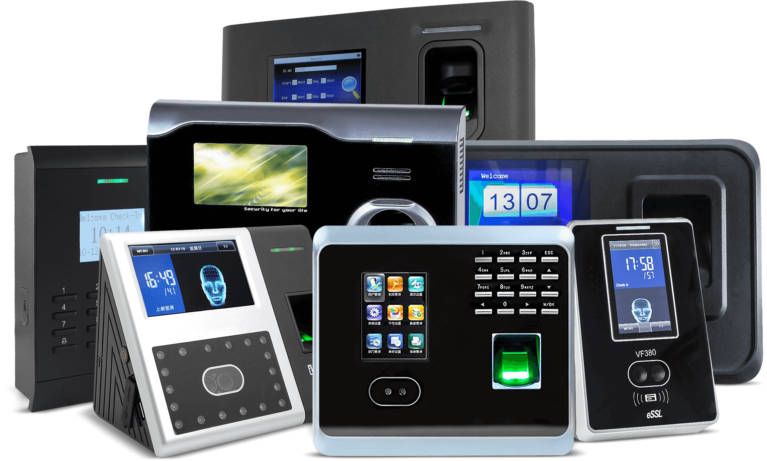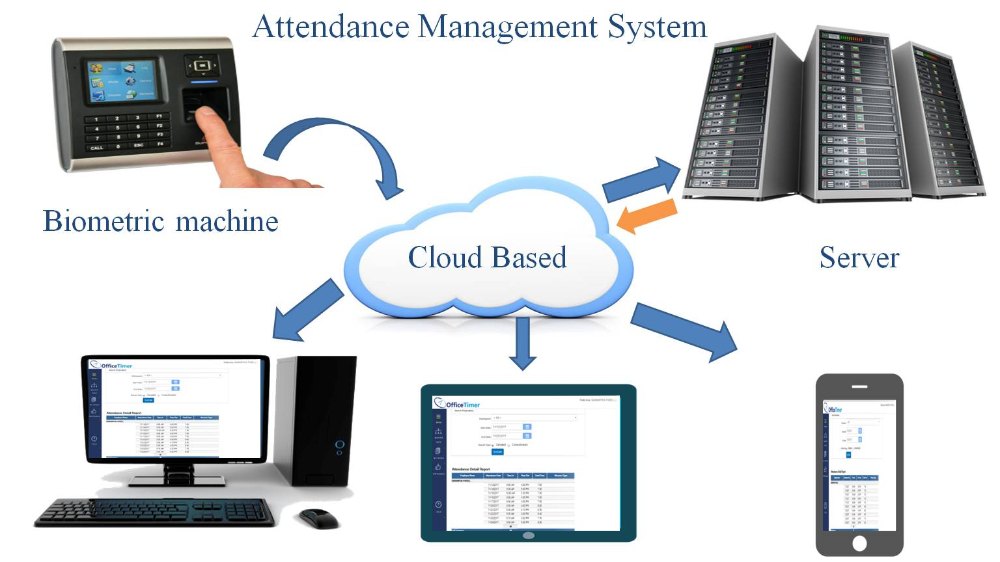The features we offer.
Access control and time attendance systems are both
essential for modern companies. They enhance security, ensure compliance with
regulations, and improve operational efficiency. Access control helps protect
company assets and sensitive information, while time attendance systems ensure
accurate payroll, manage shift scheduling, and promote accountability among
employees. By implementing these systems, companies can reduce costs, improve
productivity, and foster a secure and organized workplace.
Access Control Systems (ACS)
What is Access Control?
Access control refers to the mechanisms used to control who
can enter or access specific areas within a company, or who can use certain
systems and data. This typically includes physical access (e.g., buildings or
rooms) and digital access (e.g., computer systems or networks).
Why is Access Control Important?
Security and Protection
- Protects Sensitive Information: Ensuring only authorized personnel can access confidential files, data, or areas prevents unauthorized access and protects the company from internal and external threats.
- Prevents
Theft or Damage: By limiting access to only those who need it, the
risk of theft, sabotage, or damage to company property (e.g., sensitive
equipment, computers, or documents) is significantly reduced.
- Regulatory
Compliance: Many industries have strict regulations regarding who can
access certain types of information (such as HIPAA for healthcare or GDPR
for data privacy). Access control ensures compliance with these legal
requirements.
- Tracking Access: Modern access control systems often come with detailed logging capabilities, which track when and by whom certain areas or systems are accessed. This information is invaluable for auditing, investigating incidents, or improving security protocols.
- Real-Time
Alerts: Many systems send alerts in case of unauthorized access
attempts, helping security teams to respond immediately and mitigate
potential risks.
- Tailored Permissions: Access control allows administrators to set permissions based on roles. For example, a manager may have access to sensitive financial data, while a receptionist only has access to the lobby area. This reduces the chance of unauthorized access.
- Time-based
Access: Some access control systems allow for time-based entry, so
certain employees may only access specific areas during designated hours,
further enhancing security.
- Streamlined Entry: With advanced systems like key cards, biometrics (fingerprint or facial recognition), or mobile apps, employees can enter restricted areas without the need for physical keys, reducing bottlenecks and increasing efficiency.
- Remote Management: Cloud-based access control allows administrators to manage and monitor access remotely, making it easier to adjust permissions, lock/unlock areas, or track employee movements across multiple locations.
Examples of Access Control Systems:
- Key
Cards: A common solution where employees swipe or tap a card to gain
access to restricted areas.
- Biometrics:
Fingerprint, iris, or facial recognition systems for high-security areas.
- PIN
Codes: Secure access using numerical codes that can be entered on
keypads.
- Mobile
Access: Using smartphones and apps for keyless entry to physical
spaces or systems.



Time Attendance Systems
Time attendance systems are used to track and record the
working hours of employees. This includes clocking in and out, managing leave,
and monitoring hours worked during shifts.
Why is Time Attendance Important?
Prevents Time Theft: Without a proper time-tracking system, employees could potentially manipulate work hours, leading to overpayment or underpayment. Time attendance systems help ensure that payroll is based on actual hours worked.
- Streamlines
Payroll: These systems automate timekeeping, reducing the risk of
errors that can occur when manually calculating time. This leads to
faster, more accurate payroll processing.
- Flexible Billing: For companies that bill clients by the hour, accurate timekeeping ensures that clients are billed properly for the work done, enhancing transparency and trust.
Increased Productivity
- Monitoring Attendance Patterns: Time attendance systems help track when employees arrive, leave, or take breaks. This can help identify trends in productivity or tardiness, enabling management to make informed decisions and improve overall workforce efficiency.
- Shift Management: For businesses with shift-based operations, time attendance systems simplify the management of employee schedules, ensuring that all shifts are adequately staffed and employees are adhering to their schedules.
- Tracking
Work Hours: Many labor laws and regulations require companies to keep
accurate records of work hours, breaks, and overtime. A time attendance
system ensures compliance with these regulations, reducing the risk of
legal issues or fines.
- Overtime Management: Time attendance systems can help track overtime hours and ensure that employees are compensated properly. This is especially 0important for industries where overtime pay is mandated by law.
Employee Accountability
- Transparency:
Employees are more likely to be punctual and adhere to work schedules
when they know their time is being tracked. This helps build a culture of
accountability.
- Reducing
Absenteeism: Time attendance systems often provide insights into
attendance patterns, allowing HR departments to proactively address
issues such as frequent absenteeism or tardiness.
- Tracking
Sick Days and Vacation: Time attendance systems often include
features to manage employee leave, whether for vacation, illness, or
personal reasons. This reduces paperwork and ensures that all leave is
tracked accurately.
- Real-Time Leave Balances: Employees and managers can view available leave balances and request or approve time off directly within the system, improving transparency and communication.
Examples of Time Attendance Systems:
- Biometric
Systems: Fingerprint scanners or facial recognition to track employee
clock-in and clock-out times.
- Time
Clocks: Traditional clocking machines or punch cards.
- Mobile
Apps: Employees can log their hours remotely using apps, particularly
useful for remote or field-based workers.
- Cloud-Based
Solutions: These platforms allow for real-time tracking and management
of attendance, accessible from anywhere.



The Benefits of Combining Access Control and Time
Attendance
- Unified
Data: When access control and time attendance systems are integrated,
companies get a unified view of both when employees are on-site and what
areas they are accessing. This allows for better overall management and
insights into workforce behavior.
- Enhanced
Security: Time attendance can help monitor who is on-site at any given
moment, and access control ensures only authorized personnel enter
specific areas, improving overall physical security.
- Automated
Workflow: Combining the two systems can lead to more automation in
processes such as payroll, leave management, and security monitoring,
freeing up HR and security staff for more strategic tasks.

